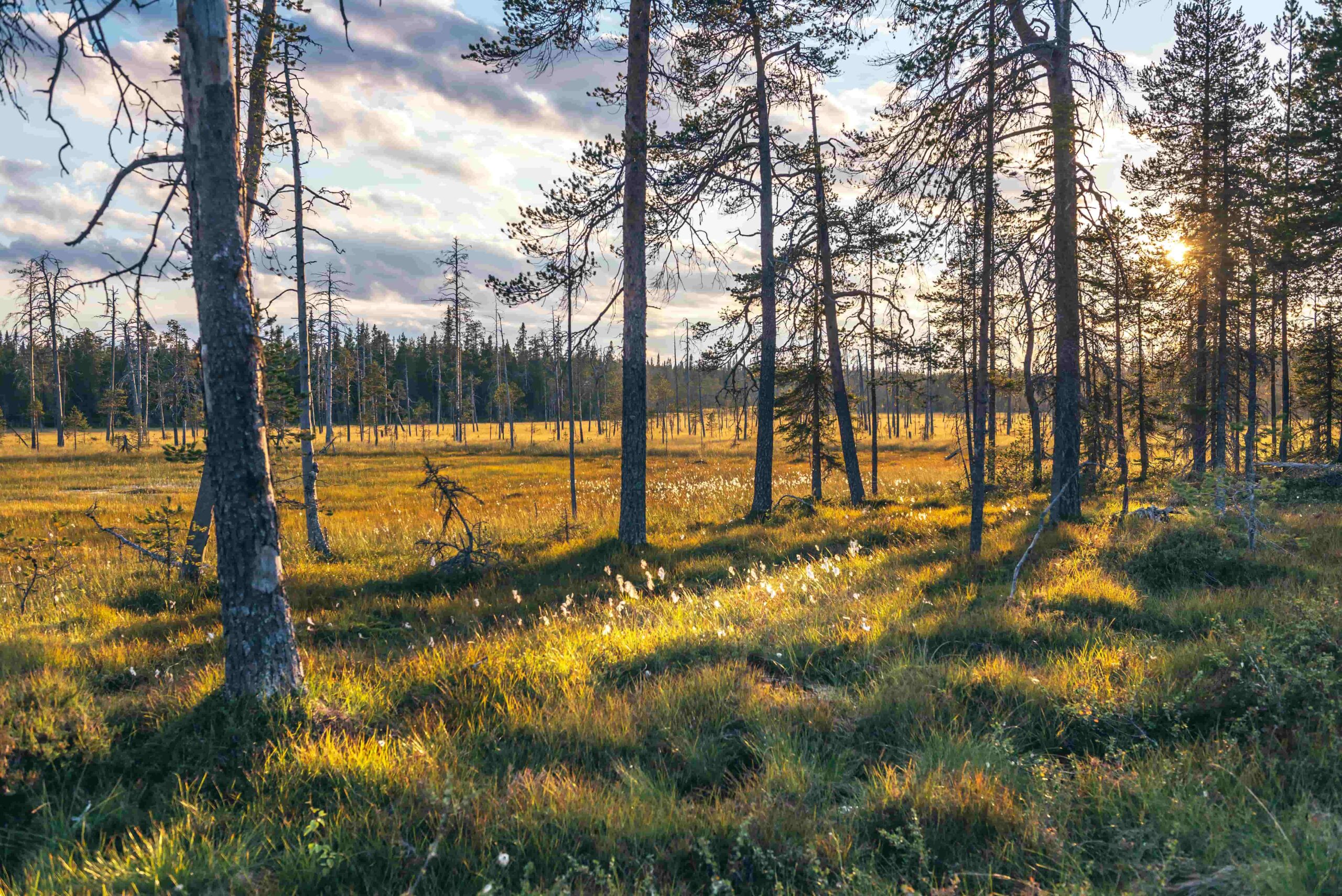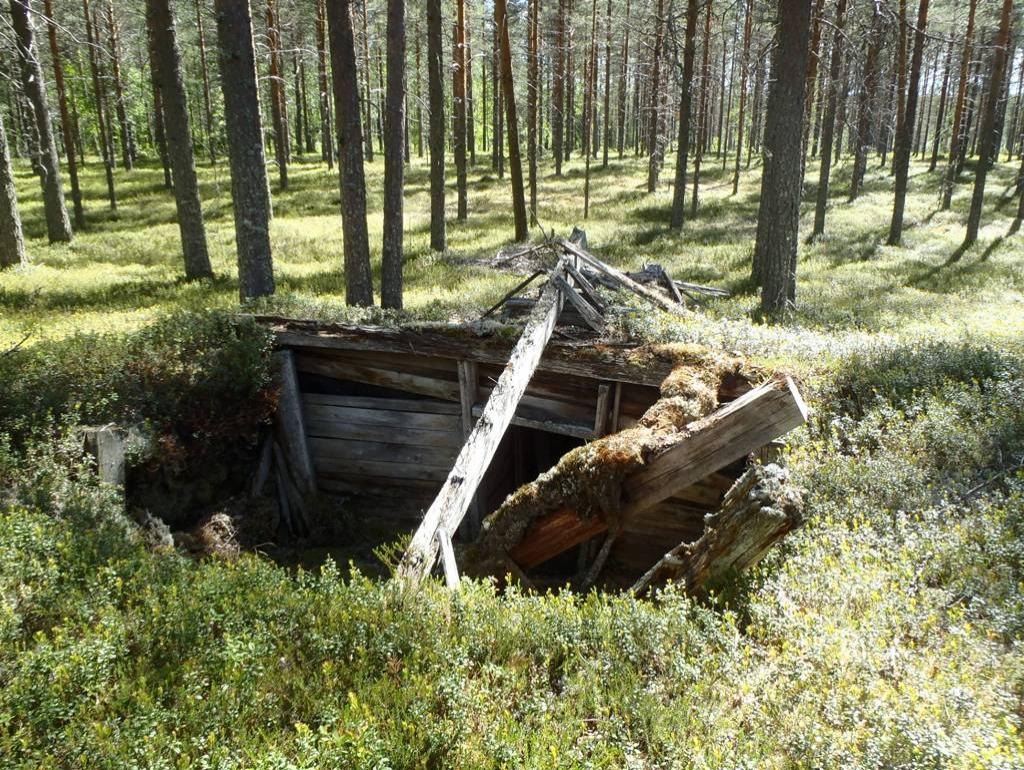
Years of war in the river valley
Border disputes have brought centuries of war and destruction to the Oulujoki River valley. Although many generations have passed since the dark times, stories of locals who escaped persecution and hid in remote forest dwellings live on.
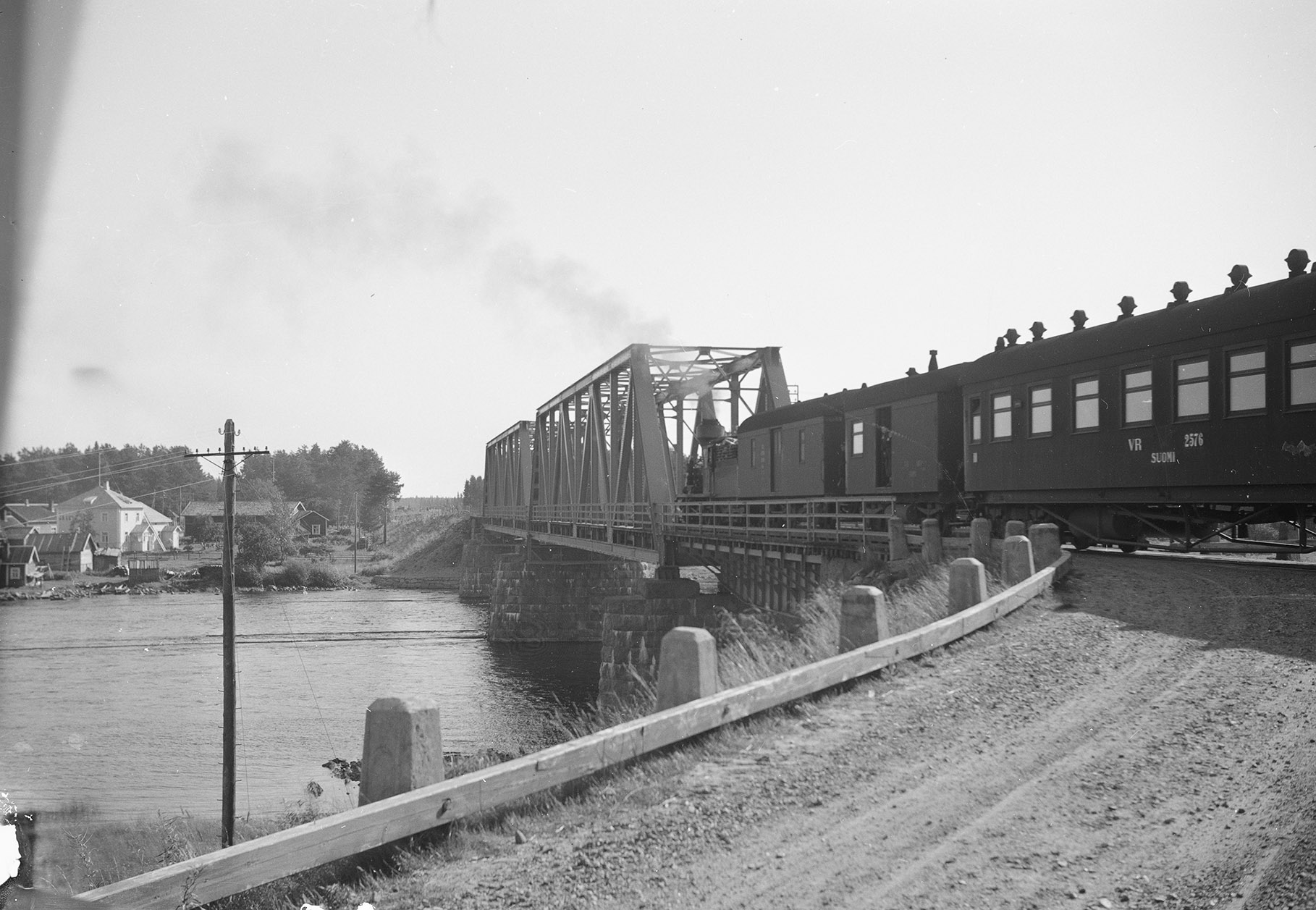
Railway comes to Vaala, Muhos and Utajärvi
The eastern train service from Oulu changed the way people travelled to the towns and villages in what is today the Rokua Geopark area. When it was finally completed after decades of waiting, the railway reduced travel time from days to hours. Slow travel by water and on sandy roads was no longer the only option.
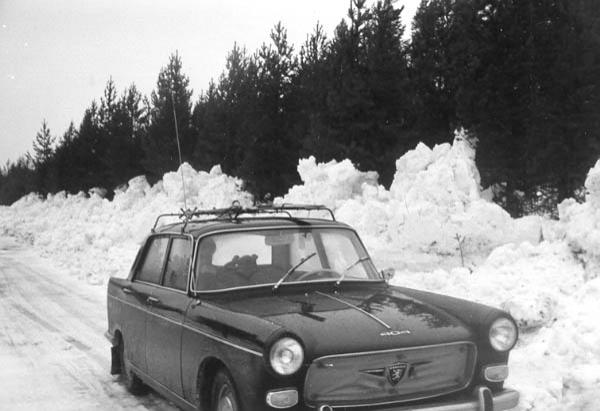
Manamansalo, the largest island in Lake Oulujärvi
Manamansalo, the largest island in the vast Lake Oulujärvi and the fifth largest island in Finland's inland waters, was formed after the last Ice Age. Despite being well connected by water, the island and its inhabitants remained relatively isolated for a long time. Today, the island offers tourist services and nature attractions.
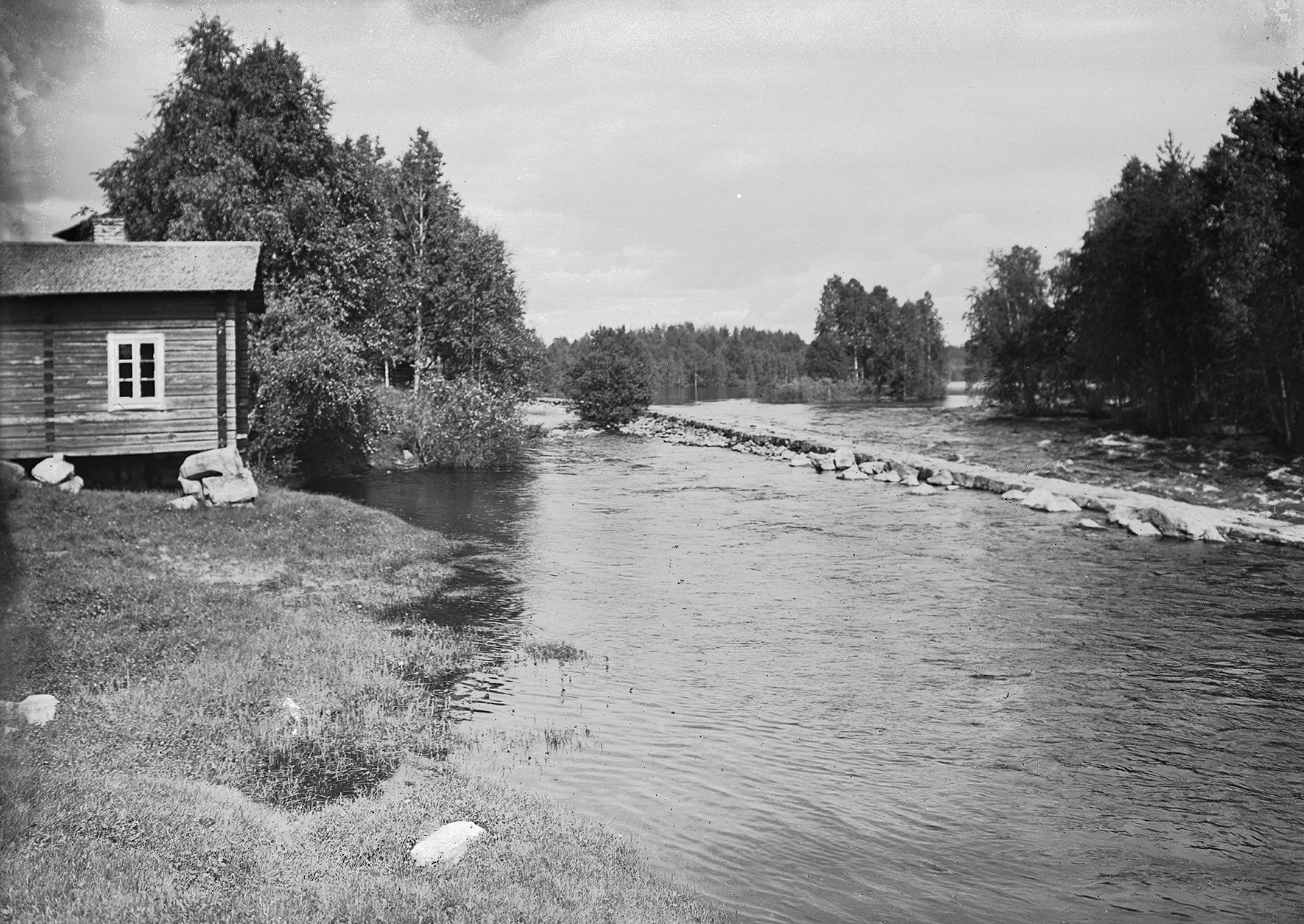
“Salmon lords” and fishing tourism on the Oulujoki river
River Oulujoki has always been famous for its salmon. The river's fishing stories often tell of visitors who came from faraway countries such as France, Turkey and even the former Siam (Thailand) to fish in the river's free rapids and flowing waters. The Niskakoski rapids in Vaala and the Pyhäkoski rapids in Muhos were particularly popular. Most of the fishing tourists came from England and were nicknamed "salmon lords" in river folklore.
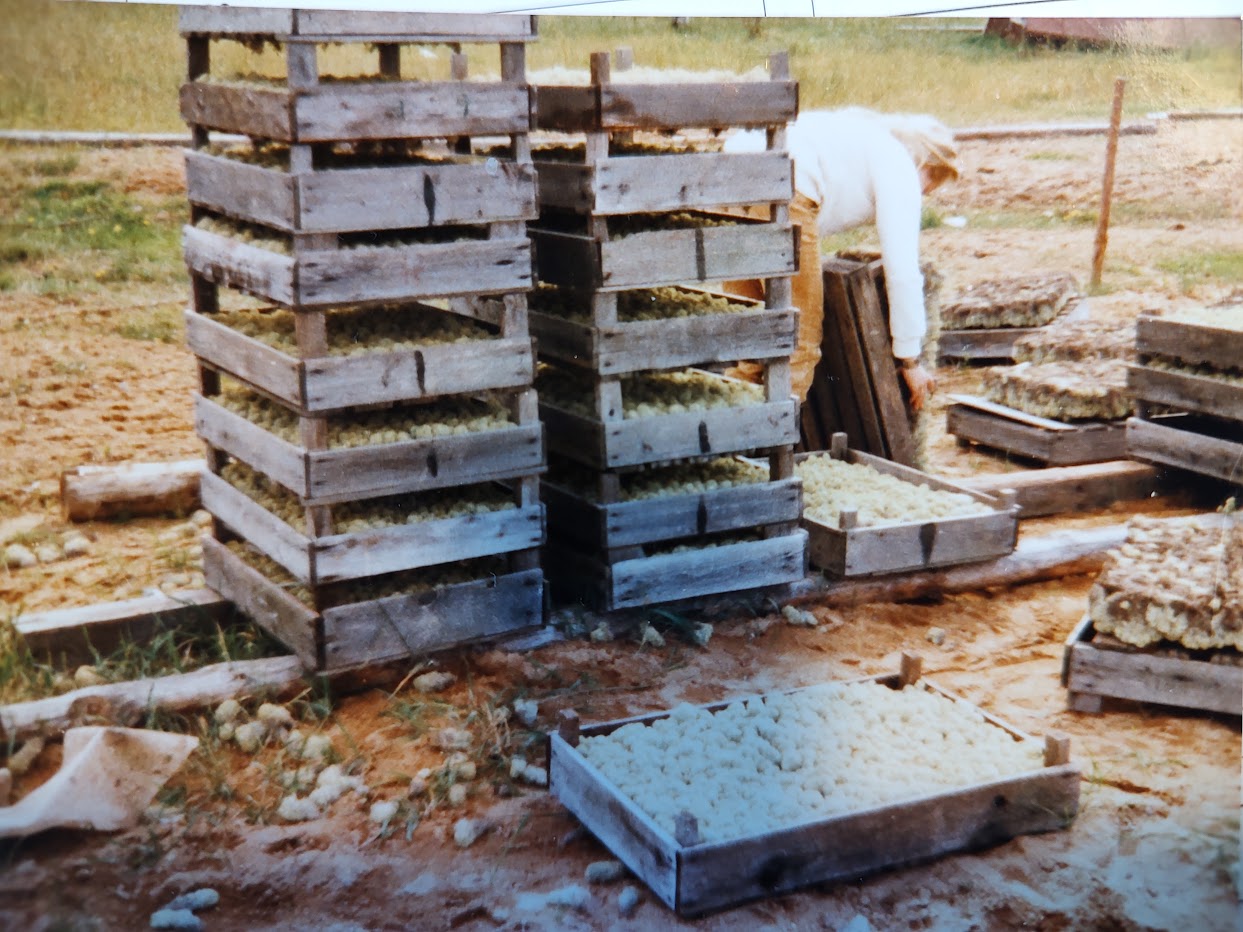
Lichen heaths and lichen harvesting in Rokua
Lichens are a special feature of the terrain in Rokua and the wider Rokua Geopark area. The grey, lichen-covered pine heath stretches from the Rokua hills and the forests of Ahmas to Säräisniemi, Kankari, Neittävä and the island of Manamansalo. Dozens of different lichen species thrive in these habitats.
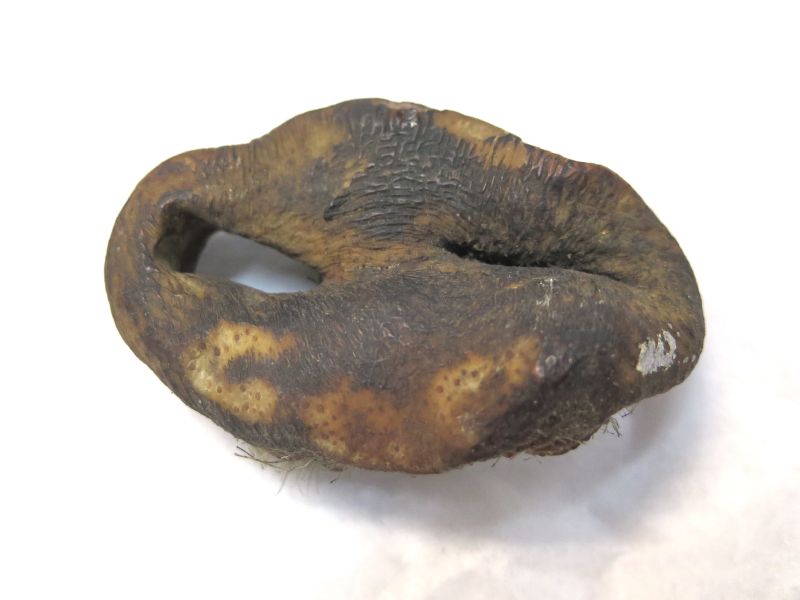
Kalevala heritage in the village of Ahmas
The village of Ahmas has a particularly strong tradition of folk culture. Old poetry in the Kalevala metre flourished in the Oulujoki river valley in the early 19th century. Today you can discover this tradition in the Kalevala Heritage Village in Ahmas.
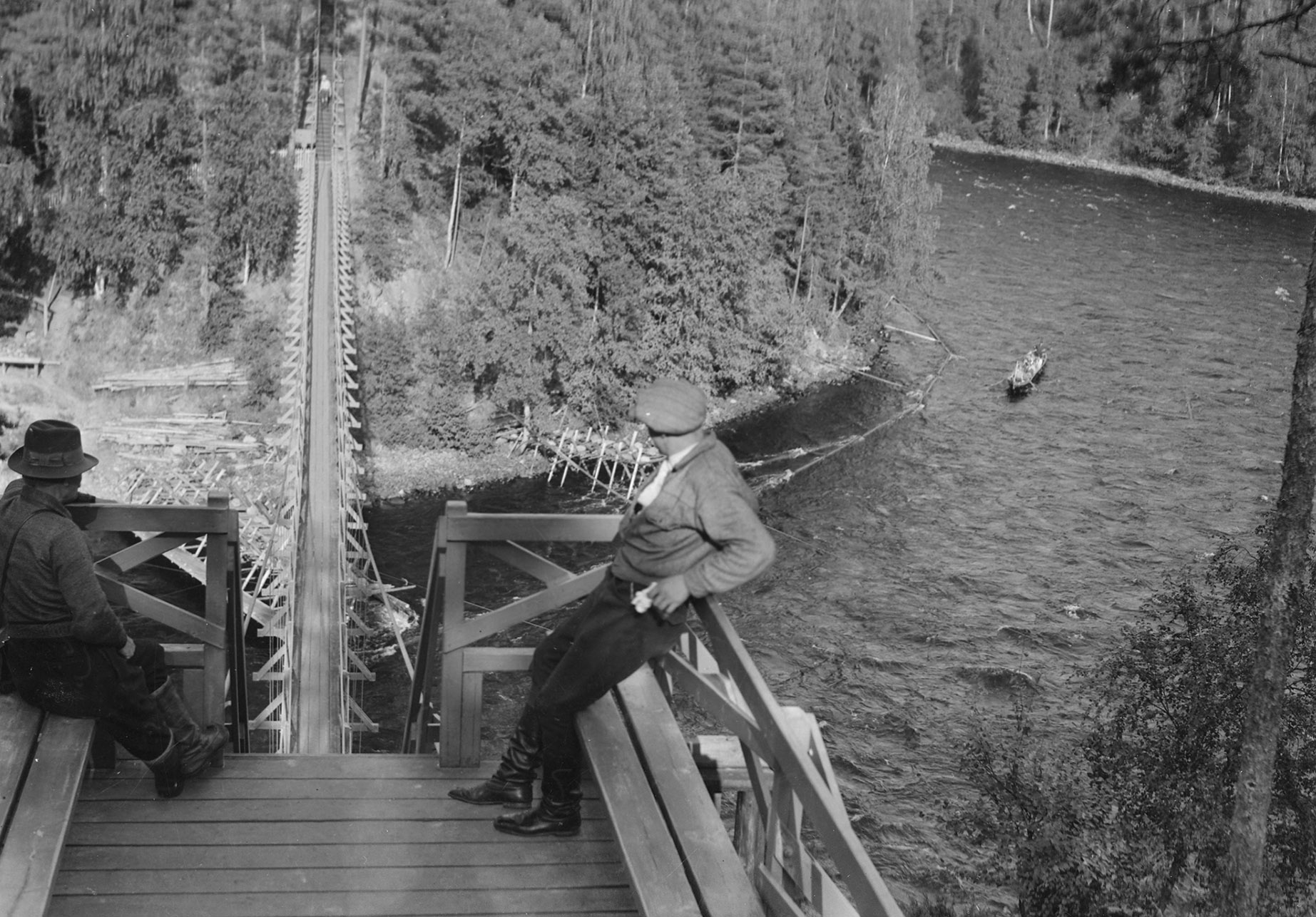
Aarne Ervi’s Leppiniemi
Designed by architect Aarne Ervi as a housing area for hydroelectric power station workers, Leppiniemi was built in Muhos between the 1940s and 1960s in connection with the new Pyhäkoski power station - but the history of the area goes back much further. Leppiniemi has often been described as an impressive and romantic place, and the many stories told about it bear witness to this.
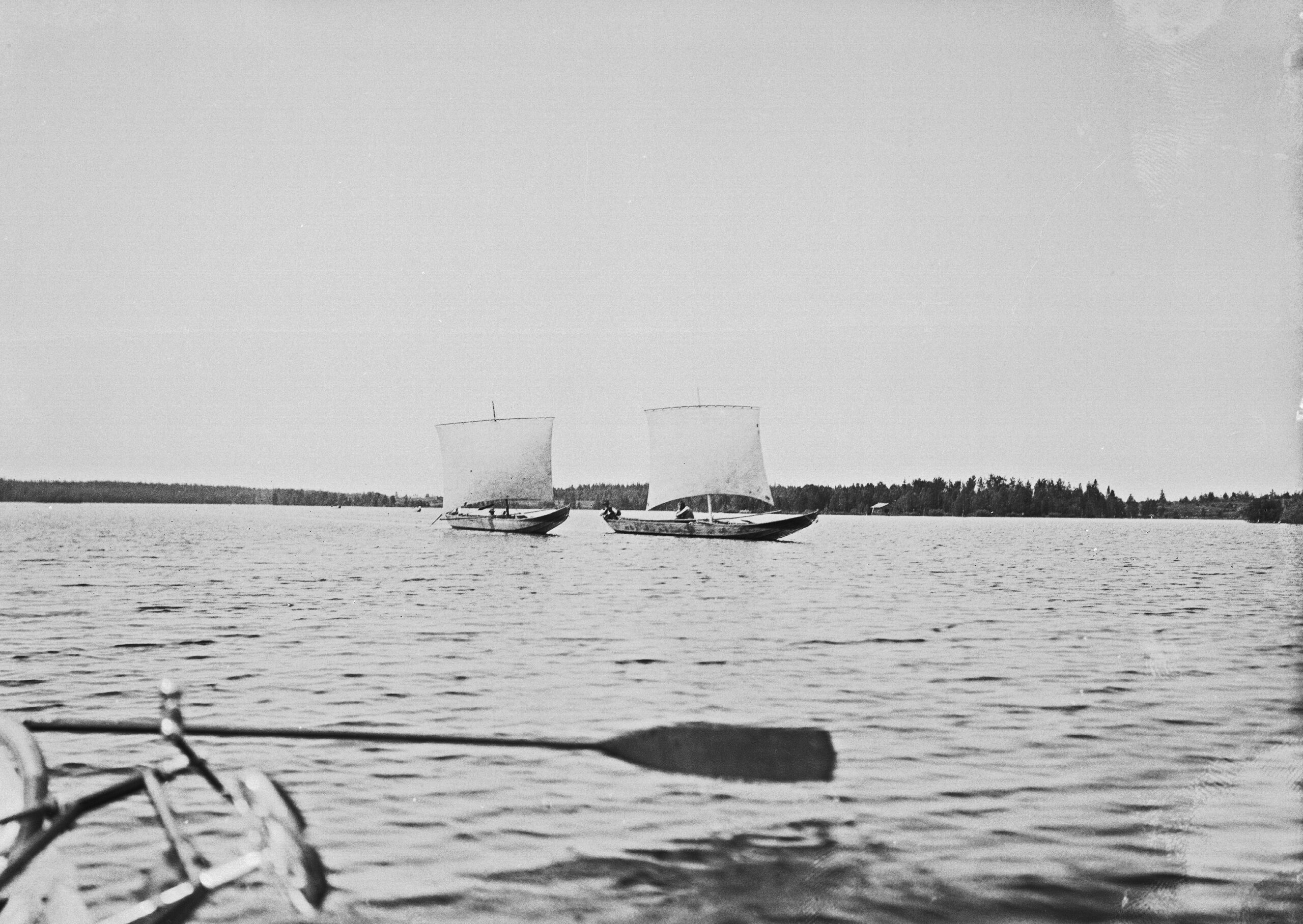
Crossing the Oulujärvi lake on a tar boat
A great amount of tar has been transported across Lake Oulujärvi and down the river to Oulu. It is said that back in the day dozens of boats could often be seen crossing the now relatively quiet lake at the same time.
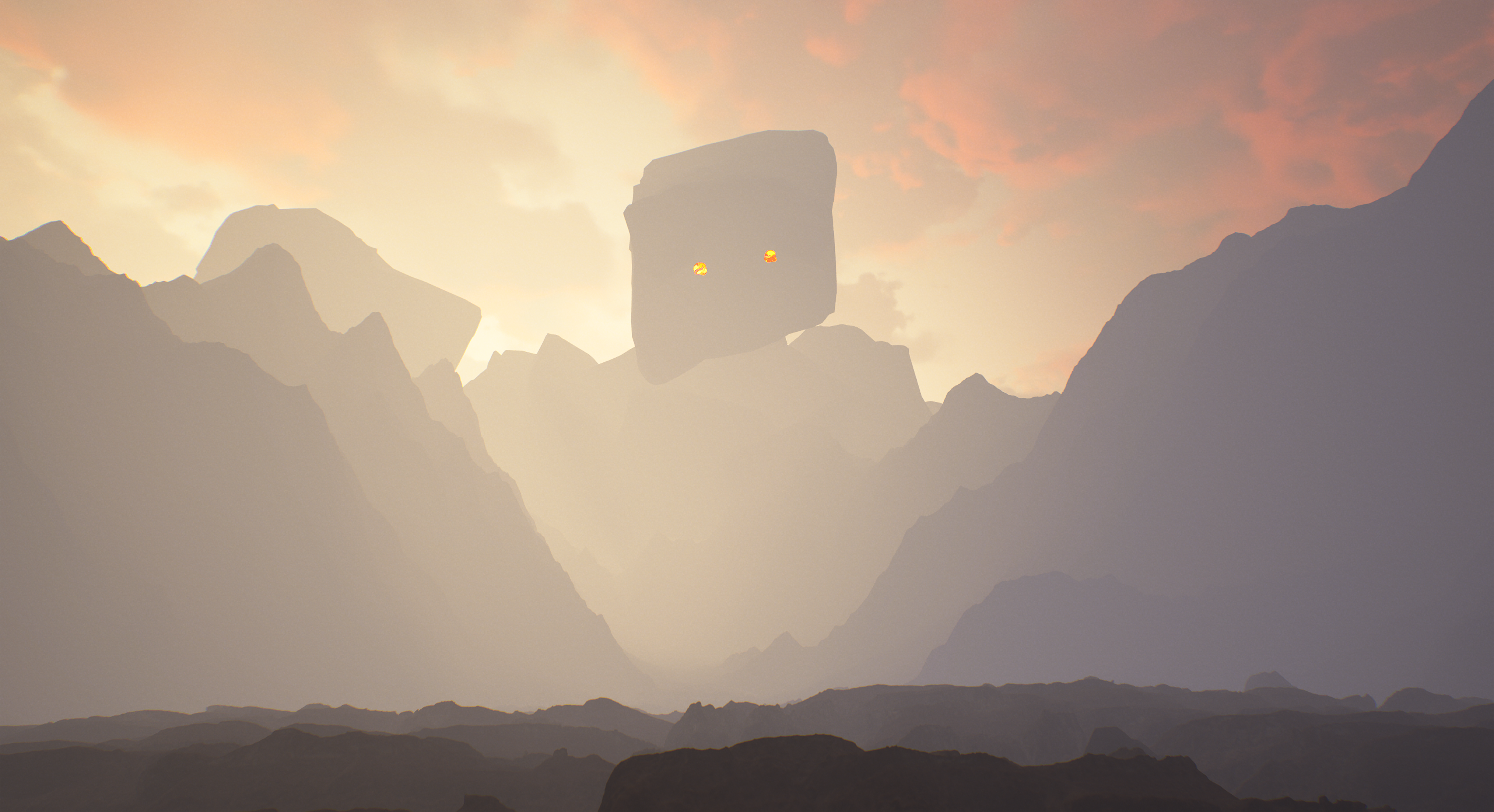
In the realm of giants
Many archaeological remains have been found in the Oulujoki river valley in the form of peculiar stone structures, mounds and castle-like ruins that have puzzled researchers. These ancient structures have been given various explanations and vernacular names, such as troll's castle, ancient castle, giant's church, giant's cave and giant's cauldron. Seven giant's churches are known in the Oulujoki river area. There are no similar relics anywhere else except in the coastal area of the Gulf of Bothnia.
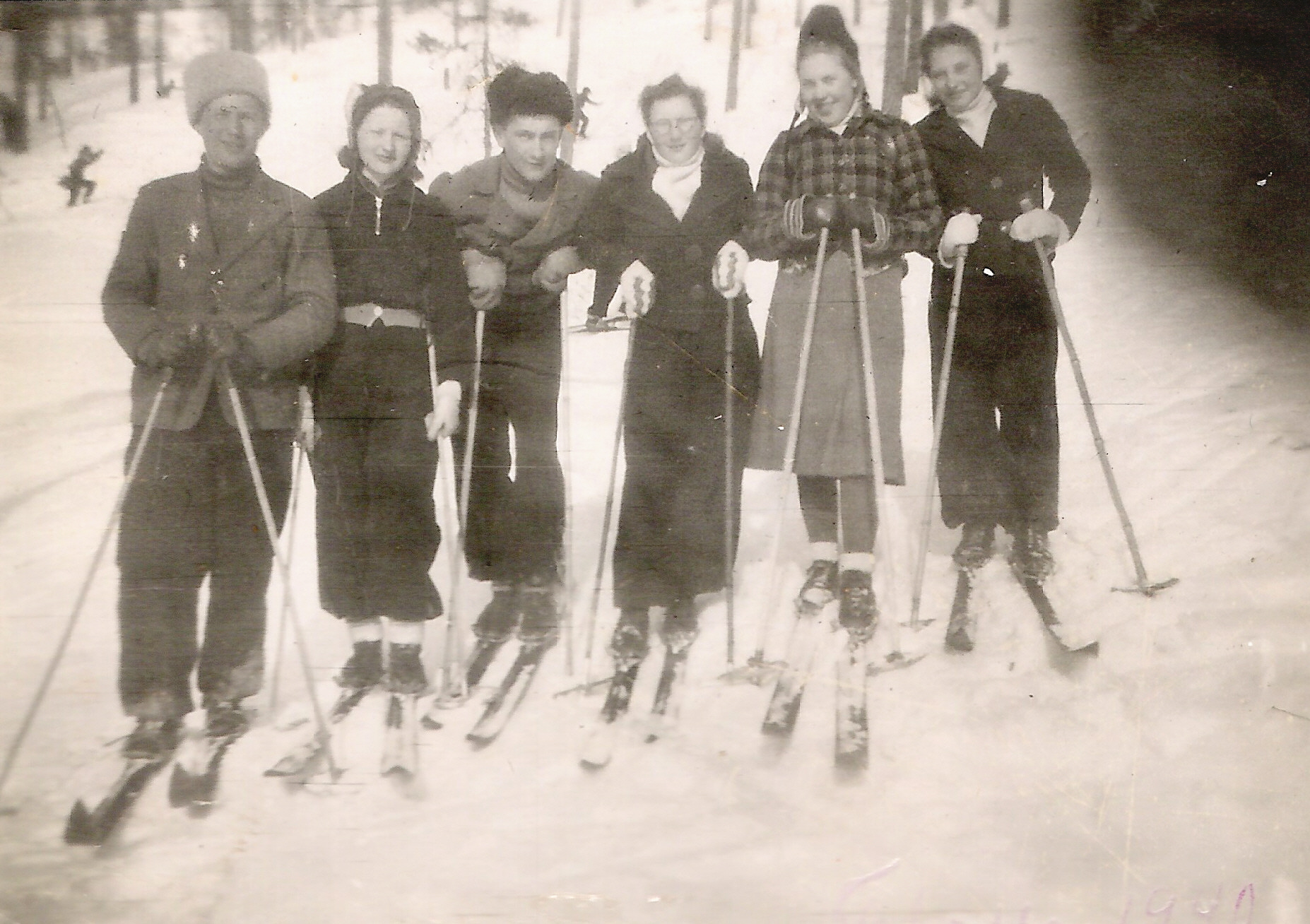
From wilderness into a skiing paradise
The story of Rokua began more than 10,000 years ago when the last Ice Age ended. Melt water from the glaciers carried sand and piled it into a broad ridge, which was later shaped by wind, melting ice and waves into a hilly landscape.

